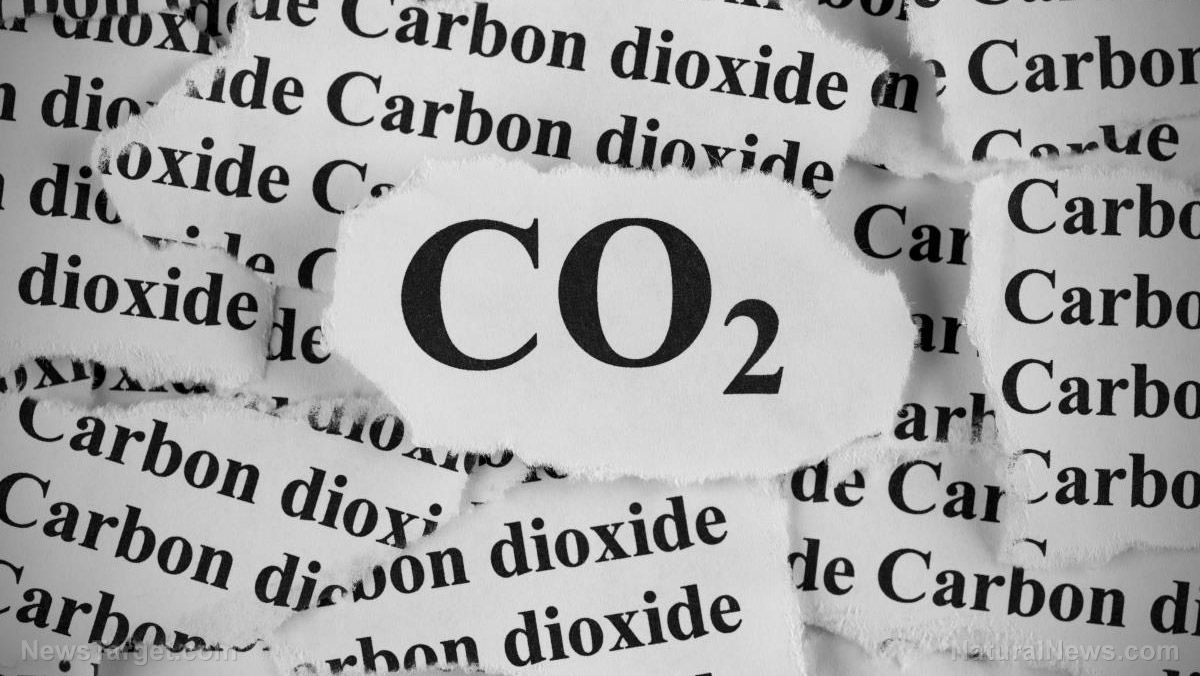-
Carbon capture storage systems are a severe danger to communities and a veiled government-incentivized land grab

As the Biden regime moves toward a massive expansion of carbon capture and storage (CCS) systems to achieve the United Nation’s Net Zero America by 2050, no one should forget what happened in Satartia, in Yazoo County, Mississippi. On the evening of February 22, 2020, the small town of Satartia was shaken by a loud boom and engulfed in a foul gas fog. Soon after, the people of Satartia learned that the thunder and white cloud was caused by a 2-inch-thick pipeline carrying pressurized carbon dioxide, which caused an explosion of ice and suffocating levels of CO2 gas.
CO2 explosions and gas leaks threaten people’s lives and health
The explosion in Satartia put a halt to public transportation and sent nine people to the hospital. The gas leak caused breathing difficulties for many residents and may be responsible for respiratory problems for these people well into the future. The foul odor, which included hydrogen sulfide, ultimately helped save many of the residents from further lung damage. If the explosion had only included CO2 gas, there would have been no odor and many people would have continued to inhale the gas, not knowing that their respiratory systems were being damaged. The pipeline was owned by Denbury Inc., a self-proclaimed leader in CO2 transportation. In Satartia, Denbury extracts gas from an ancient volcanic vent called Jackson Dome and pipes it out.
The Satartia disaster should serve as a warning. These risky and unnecessary carbon capture and transportation projects are increasing and being expanded well into the future. In addition to subsidies, finance and tax credits, the government has committed $10 billion to CCS projects. CCS involves capturing carbon dioxide from industrial and other sources, compressing it, and transporting it through pipelines to underground geological formations and unused oil wells for storage. Denbury also uses the technology to move more oil out of active wells.
Currently, three companies — Navigator Energy Services, Wolf Carbon Solutions, and Summit Carbon Solutions — are working to build a network to "decarbonize" ethanol production in the Midwest. Summit actually plans to capture carbon dioxide from 31 corn ethanol plants in five states, transport it 2,000 miles by pipeline, and release 18 million tons a year in North Dakota. The company is being incentivized by $600 million taxpayer credits annually. They have sent land surveyors onto private property along the pipeline route and secured 375 easement agreements.
The goal for 2050 is to incentivize a massive government land grab
The goal for 2050 is laid out: it will include 65,000 miles of pipeline transporting carbon dioxide across the United States. Currently there are 50 pipelines, spanning 5,000 miles, that carry 70 million tons of carbon dioxide per year to improve oil extraction. Developers are now seeking permits for multi-state CCS projects that would transport carbon dioxide from Midwestern ethanol plants along about 3,500 miles of pipeline.
This vast network of pipelines threatens human settlements and ecology, and worse, puts many people at risk from these CO2 explosions, like the one that happened in Satartia. Even scientists who support CCS are not sure what will eventually happen to the carbon dioxide that is pumped underground. The situation could become more dangerous as the years go by. Moreover, landowners in farming communities are worried about major statewide decisions that rule out non-public use projects that could destroy their farms, cause gas leaks, and cause their property values to plummet.
Nobel laureate John Clauser has spoken out against the climate change agenda, calling it "a dangerous corruption of science that threatens the global economy and the well-being of billions of people." William Happer and Richard Lindzen, both respected climate scientists, wrote that the damage from carbon dioxide emissions has been exaggerated by “an unscientific method of analysis based on consensus, peer review, government opinion, models that don't work, and cherry-picking.” Viv Forbes, geologist, and Carbon Sense Coalition founder describes these CCS projects as a “silly scheme devised by green zealots to sacrifice billions of dollars and scads of energy to bury this harmless, invisible, life-supporting gas in the hope of appeasing the global warming gods.”
In the end, the CCS projects are a burden to taxpayers, pose direct threats to the environment and the people, and constitute a lucrative government-incentivized land grab.



Login or Register to Leave a Comment